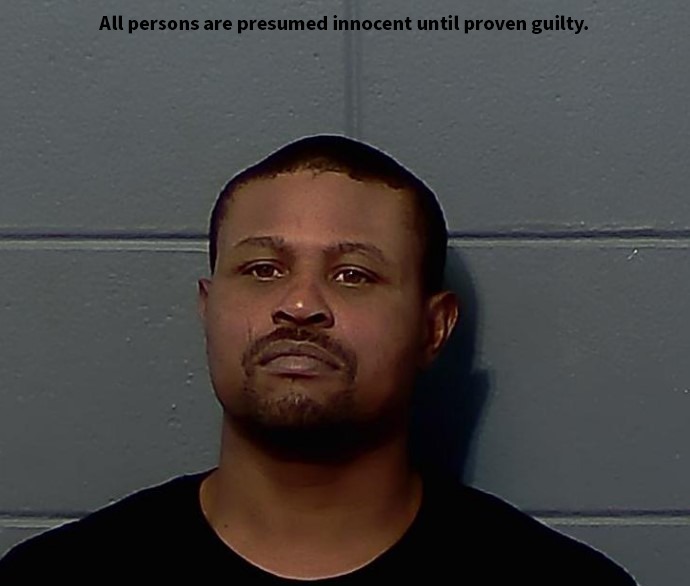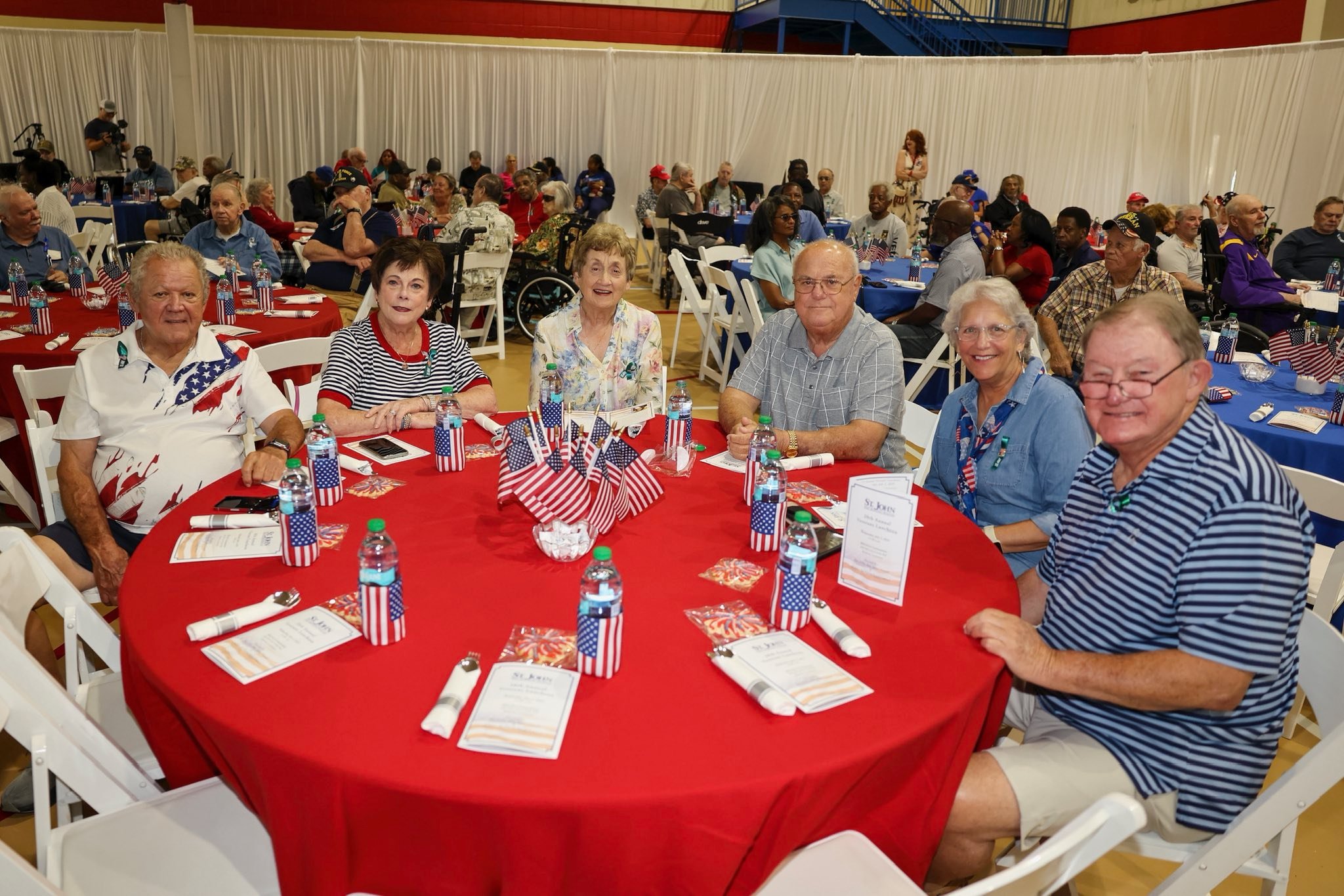Put a freeze on winter fires this year
Published 12:00 am Wednesday, December 1, 2010
Citing recent fires in Pennsylvania and Florida that claimed the lives of nine children and one adult and may have been caused by space heaters, the United States Fire Administration and the National Fire Protection Association announced a jointly sponsored special initiative, “Put a Freeze on Winter Fires.” USFA and NFPA want to remind everyone that fire safety and prevention are especially important in the coming months.
“These fires are a painful reminder of what we see every year – the temperatures drop and fires increase,” said NFPA President Jim Shannon. According to NFPA statistics space heaters account for about one-third of the home heating fires yet more than 80 percent of the home heating fire deaths.
The “Winter Residential Building Fires” report released by USFA in 2010 reports an estimated 108,400 winter residential building fires occur annually in the United States, resulting in an estimated average of 945 deaths, 3,825 injuries and $1.7 billion in property loss. Cooking is the leading cause of winter residential building fires at 36 percent followed by heating at 23 percent. Winter residential building fires occur mainly in the early evening hours, peaking from 5 p.m. to 8 p.m.
Just a few key topics to remember:
• Keep anything that can burn at least three feet away from heating equipment, like the furnace, fireplace, wood stove or portable space heater.
• Have a three-foot “kid-free zone” around open fires and space heaters.
• Never use your oven to heat your home.
• Have a qualified professional install stationary space heating equipment, water heaters or central heating equipment according to the local codes and manufacturer’s instructions.
• Have heating equipment and chimneys cleaned and inspected every year by a qualified professional.
• Remember to turn portable heaters off when leaving the room or going to bed.
• Always use the right kind of fuel, specified by the manufacturer, for fuel-burning space heaters.
• Make sure the fireplace has a sturdy screen to stop sparks from flying into the room. Ashes should be cool before putting them in a metal container. Keep the container a safe distance away from your home.
• Test smoke alarms monthly.
“The winter season brings the highest number of home fires than any other time of year,” said USFA’s Acting Fire Administrator Glenn Gaines. “Each winter season, home fires increase in part due to cooking and heating fires. In addition, winter storms can interrupt electrical service and cause people to turn to alternative heating sources, which contribute to the increased risk of fire during the winter months.”
USFA and NFPA have compiled a great deal of information about the various causes of fire during the winter months, winter storm fire safety, holiday fire safety and tips that will help reduce or prevent the incidence of fire in the home on their websites.
Gaines emphasized, “Winter fires are preventable. Everyone should find out what they need to know to have a safe winter season. There are simple steps each of us can take to prevent a tragedy this winter. In many cases it is just the simple matter of checking for information available at most fire departments.”
Michael Heath is president of the St. John Professional Firefighters Association





